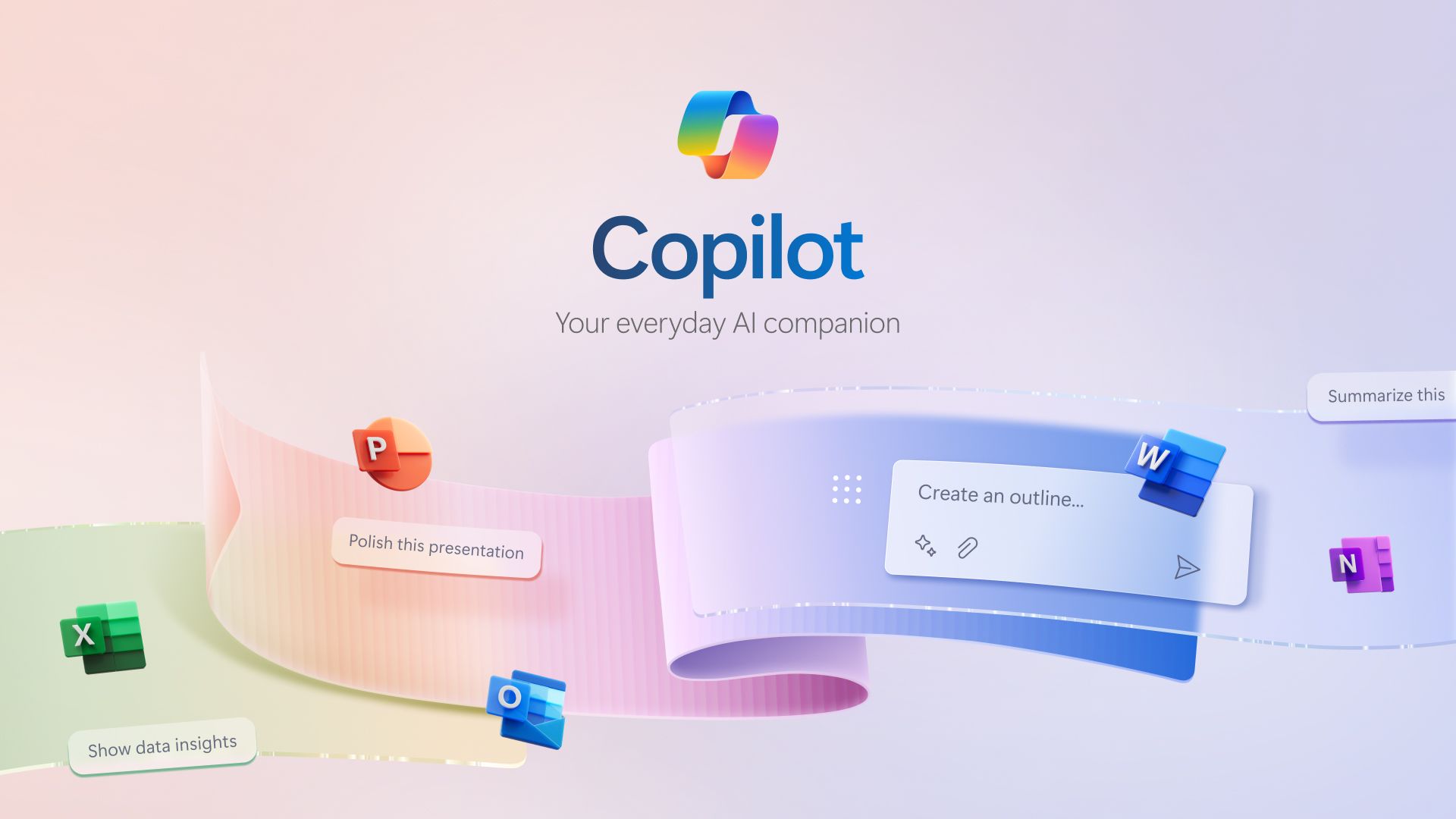Microsoft Copilot expands to video creation with Clipchamp integration

Microsoft Copilot, the AI assistant, is expanding its capabilities to include video creation through prompts. This new feature, set to roll out in September, will allow users to generate videos by simply describing their vision to the AI.
While Copilot won’t create videos from scratch, it will play a crucial role in the process. The AI will generate a video script based on the user’s prompt.
Then, it will utilize Clipchamp, Microsoft’s video creator and editor, to assemble the video using stock templates, footage, music, and other elements.
Lots of potentialMicrosoft describes this new capability on its 365 product roadmap: “Clipchamp brings video creation skills to Copilot. Type your prompt and Clipchamp will write a bespoke script, source high quality stock footage, and assemble a video project with music, voiceover, text overlays and transitions”.
This feature could prove useful for creating informational videos, video messages, how-to guides, demos, and video presentations. While the initial output may not be as close to what Sora’s initial videos have shown us, it can serve as a starting point for further editing and refinement within the Clipchamp app.
 Microsoft Copilot integrates with Clipcham (Image credit)
Microsoft Copilot integrates with Clipcham (Image credit)
At present, Microsoft Copilot’s video creation capabilities are not on par with more advanced AI video generators like OpenAI’s Sora. Clipchamp itself is a basic video editor with limited features compared to professional-grade software.
However, as the technology evolves, we can expect improvements in the quality and complexity of AI-generated videos. Future iterations may require minimal human intervention to produce polished final products.
Will it be free?The video creation feature is scheduled to launch in September. Microsoft has not yet clarified whether this feature will require a paid Clipchamp account or if it will be included in Microsoft 365 subscriptions.
As Microsoft Copilot takes its first steps into video creation, it opens up new possibilities for content creators and casual users alike. While it may not replace professional video production tools immediately, it represents an exciting development in the intersection of AI and creative content generation.
Featured image credit: Microsoft
